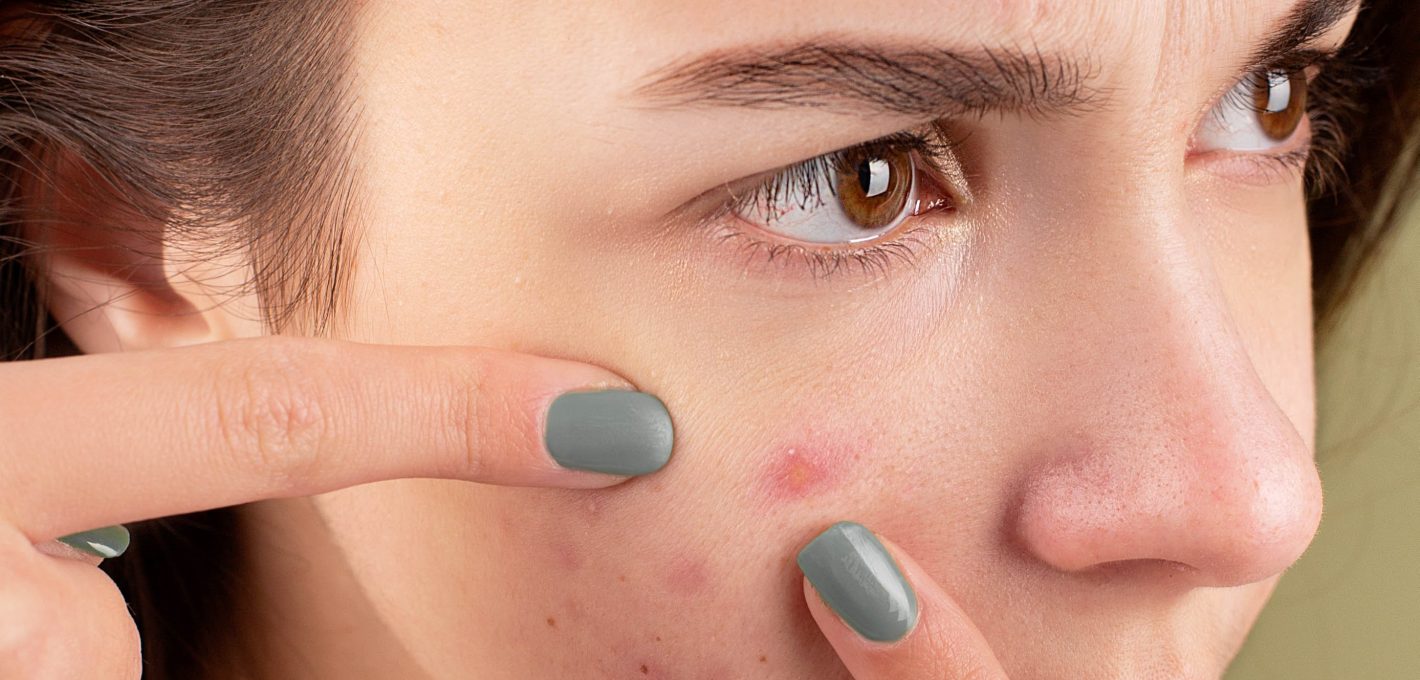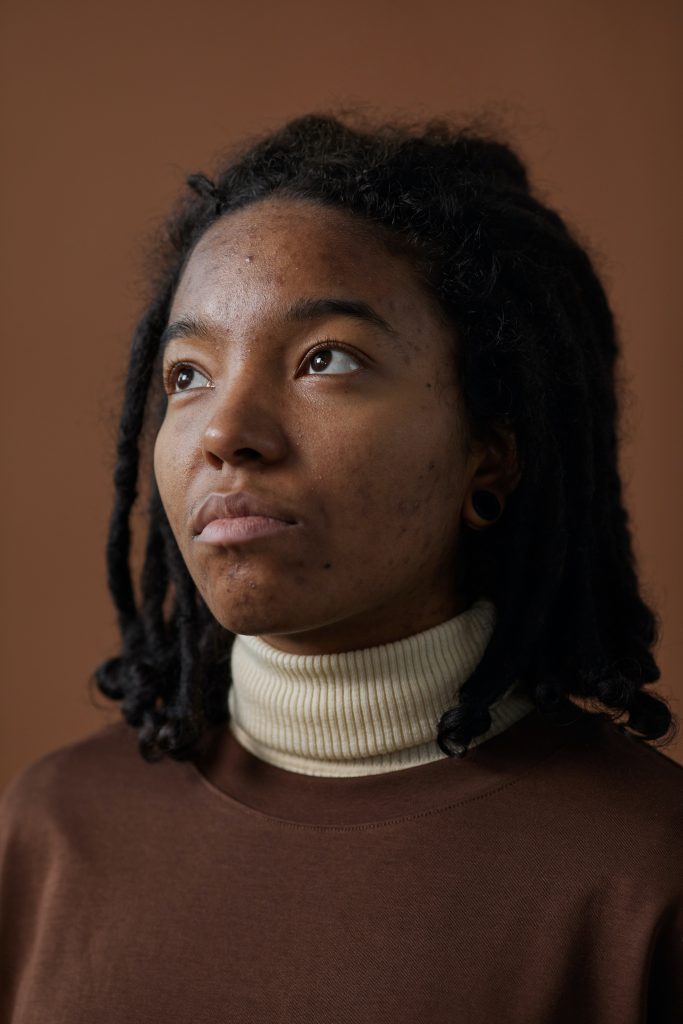
Acne: Understanding Types and Symptoms for Clearer Skin
Acne is a common skin situation that affects millions of people worldwide. From teenagers grappling with hormonal changes to adults dealing with stress-induced breakouts, acne can cause significant distress and affect self-esteem. Understanding the different types and symptoms of acne is essential for effectively treating and managing this pesky condition. Through this extensive manual, we will explore the diverse forms of acne and its unique indications, equipping you with the expertise to comprehend and handle your individual skin issues more effectively.
Comedonal Acne:
- Overview: Comedonal acne is characterized by clogged hair follicles, resulting in the formation of comedones (non-inflammatory lesions).
- Symptoms:
- Open comedones (blackheads): Small, dark bumps on the skin’s surface caused by the oxidation of sebum and dead skin cells.
- Closed comedones (whiteheads): Small, flesh-colored or white bumps beneath the skin’s surface.
Inflammatory Acne:
- Overview: Inflammatory acne occurs when the hair follicles become infected and inflamed due to bacteria.
- Symptoms:
- Papules: Small, red, tender bumps that are often accompanied by inflammation.
- Pustules: Similar to papules but filled with pus, giving them a white or yellow appearance.
- Nodules: Large, painful, solid lumps deep within the skin that can be persistent and leave behind scars.
- Cysts: Deep, painful, pus-filled lesions that are prone to scarring and require medical intervention.
Hormonal Acne:
- Overview: Hormonal fluctuations, particularly during puberty, menstrual cycles, pregnancy, or menopause, can trigger acne breakouts.
- Symptoms:
- Breakouts along the jawline, chin, and sometimes the neck and back.
- Deep, cystic acne lesions that are painful and leave behind scars.
- Fluctuating acne patterns in correlation with hormonal cycles.
Acne Rosacea:
- Overview: Acne rosacea is a chronic inflammatory skin condition characterized by facial redness, pimples, and visible blood vessels.
- Symptoms:
- Persistent facial redness, often resembling a flushed or sunburned appearance.
- Small, red bumps or pimples resembling acne, typically located on the cheeks, nose, forehead, and chin.
- Visible blood vessels (telangiectasia) on the face.
- Burning or stinging sensation, along with dry, sensitive skin.
Acne Mechanica:
- Overview: Acne mechanica occurs due to friction, pressure, or heat applied to the skin, leading to clogged pores and breakouts.
- Symptoms:
- Acne primarily in areas of the body subjected to friction, such as the forehead, chin, shoulders, back, or buttocks.
- Small, raised bumps or pimples that may be aggravated by clothing or equipment contact.
Acne Conglobata:
- Overview: Acne conglobata is a severe and rare form of acne that often affects males, characterized by deep, interconnected nodules and abscesses.
- Symptoms:
- Large, inflamed nodules and abscesses.
- Deeply rooted blackheads.
- Scarring and disfigurement.
- May be accompanied by systemic symptoms like fever and joint pain.
Conclusion:
Acne comes in various forms, each with its unique symptoms and characteristics. By understanding the different types of acne and their associated symptoms, individuals can better identify and address their specific skin concerns. Whether it’s comedonal acne with blackheads and whiteheads, inflammatory acne with papules, pustules, nodules, and cysts, hormonal acne with breakouts along the jawline, acne rosacea with facial redness and visible blood vessels, acne mechanica caused by friction, or the severe acne conglobata with deep nodules and abscesses, knowledge is the first step towards finding effective treatment options.
It is important to note that while understanding the types and symptoms of acne is valuable, consulting with a dermatologist or skincare professional is essential for accurate diagnosis and personalized treatment plans. A skincare expert can assess your skin condition, identify the underlying causes, and recommend appropriate treatments, whether they include topical medications, oral medications, lifestyle changes, or a combination of approaches.
In addition to seeking professional guidance, maintaining a consistent skincare routine and adopting healthy habits can contribute to clearer skin. Here are a few general tips to keep in mind:
- Cleanse your skin gently: Use a mild, non-comedogenic cleanser to remove dirt, oil, and impurities without stripping the skin’s natural moisture.
- Avoid excessive scrubbing: Overly aggressive scrubbing or exfoliation can irritate the skin and worsen acne. Opt for gentle exfoliation methods and avoid scrubbing with harsh ingredients.
- Use non-comedogenic products: Look for skincare and cosmetic products labeled as non-comedogenic, meaning they are less likely to clog pores and contribute to acne formation.
- Keep your hands off your face: Touching your face frequently can transfer dirt, bacteria, and oil, potentially leading to breakouts. Avoid picking or popping pimples, as this can worsen inflammation and increase the risk of scarring.
- Protect your skin from the sun: Apply a broad-spectrum sunscreen with an SPF of 30 or higher daily to protect your skin from harmful UV rays. Sunscreen is especially important when using acne medications, as some can increase sensitivity to the sun.
- Manage stress levels: Stress can exacerbate acne, so find healthy ways to manage stress, such as exercise, meditation, or engaging in hobbies you enjoy.
Keep in mind that every individual’s skin is distinct, and the approach that is effective for someone may not be effective for another. Persistence and regularity are crucial in dealing with acne. With the appropriate understanding, expert advice, and a personalized skincare regimen, you can take charge of your skin and strive to achieve a more lucid complexion.

